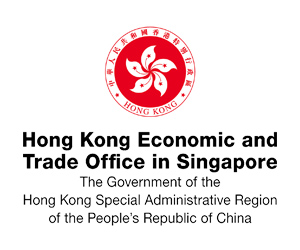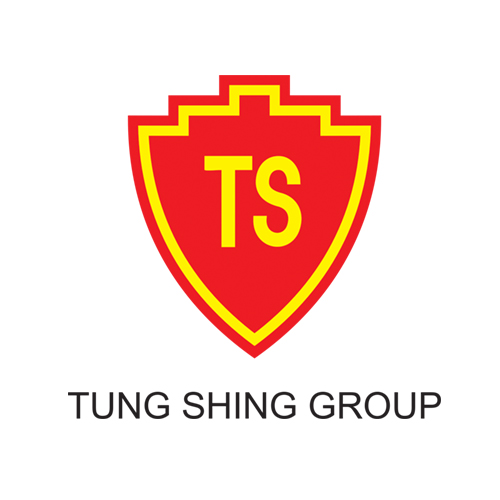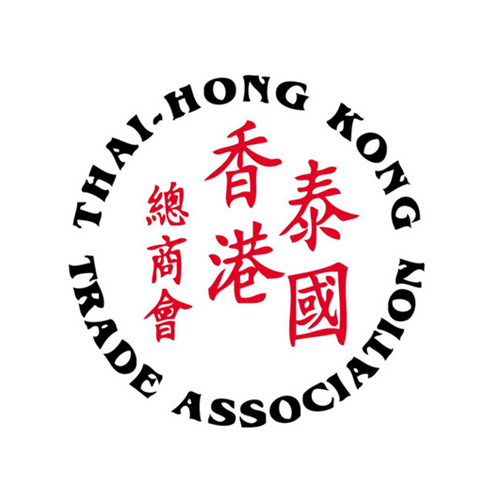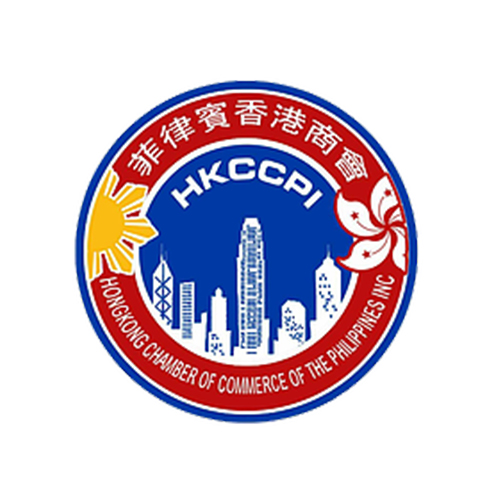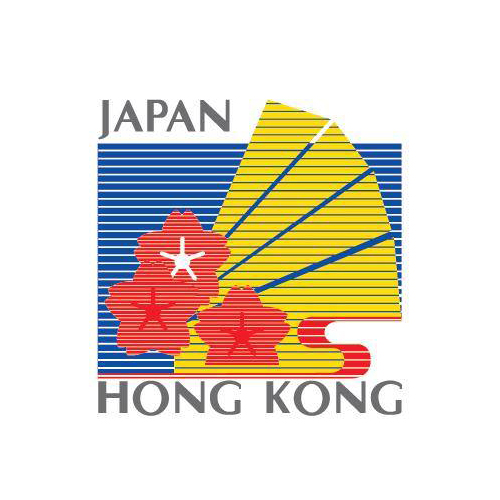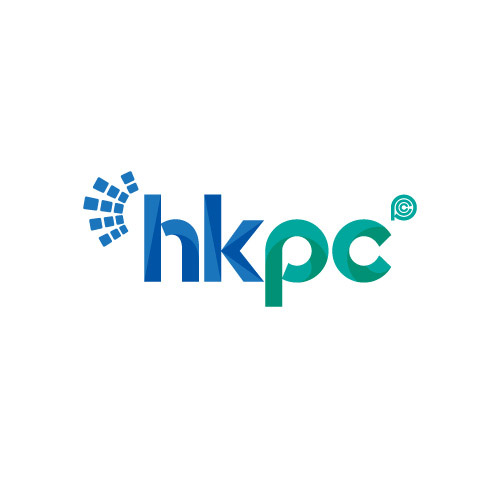Want to be in the loop?
subscribe to
our notification
Business News
CHALLENGES FOR VIETNAM LOGISTICS MARKET IN 2016
Julien Brun, General Manager of CEL Consulting, said the current logistics market is highly fragmented. Thousands of logistics services companies are now currently providing only a few simple logistics operations and cannot generate added value for logistics chains. A supply chain is made effective or ineffective depending on connections of different points and operations on strings, and also depends heavily on interface.
He cited that in ice cream chain in Vietnam, shipping companies only care about how to keep their vehicles refrigerated en route, cold storage companies only care about products inside their facilities, and none is responsible for keeping it cold when it is conveyed from cold storage facilities to vehicles or from vehicles to cold storage facilities. As a result, product quality is affected.
In major cities like HCM City, logistics challenges come from more and more products on the market, more and more points of sale and distribution agents in operation, smaller and smaller order values, and more and more vehicles of various scales in operation. Major challenges of current logistics operations are traffic congestions.
Two vital factors for good governance in any particular logistics are the storage of goods and the circulation of goods. Three top criteria in logistics management in general are rapid speed, guaranteed trust and low cost. Thus, to facilitate logistics development in Vietnam, it is necessary to develop core elements to succeed in both hardware and software.
Core elements for hardware success are logistics infrastructure, including developing and consolidating port system capacity to receive bigger ships and handling and transporting equipment at ports. Other tasks include expanding the capacity of ports and enhancing the effectiveness of port operations.
Core elements for software success comprise clear and rapid clearance. Singapore is a leading port operator with a lot of effective operation and clearance processes for us to learn.
In addition, exporters should also create added values for their products rather than sell raw materials or simply processed products as now. Then, logistics will add values to imports and exports.
In the coming time, logistics needs to ensure conditions and product quality from factory to end-consumers. Future logistics must certainly increase visibility into the status of goods in real time (anytime, anywhere) by using big data and real-time tracking applications. Packaging will also need innovative solutions to protect goods during the time of logistics operations.
In the coming time, the market will witness many logistics solutions and apply new technologies like crowd-sourcing to synthesise small resources together to provide solutions to one kind of work. Crowd-sourcing logistics will probably change the picture logistics elements in the coming time.
Finally, to develop logistics in the future, business leaders need strategic visions and cooperate with partners in the entire logistics value chain to achieve a greater benefit and value.
Source: VCCI
Related News

GOLDEN DEAL, KNOCK-DOWN OFFER
Are you ready for a fun-filled family vacation. Don't miss the super attractive Family Staycation package at Becamex Hotel. 2 days 1 night package with full amenities and free activities: Buffet breakfast, Swimming, tennis, bicycle, gym, sauna, cool ice cream, 300.000 VND service voucher and many other offers! Contact now for detailed advice.

"BEARY CHRISTMAS" CHARITY PROGRAM
As the Festive Season approaches, Caravelle Saigon, in collaboration with VinaCapital Foundation (VCF), is bringing a heartwarming charitable initiative to life — and we are delighted to invite all HKBAV members to take part in the very first “Beary Christmas” Charity Program. By adopting a Caravelle Bear for VND 299,000 nett, you will be directly supporting children battling cancer in Vietnam through VCF’s Can-Care/Can-Clover Program.

SOILBUILD INTERNATIONAL WINS “BEST INDUSTRIAL DEVELOPMENT” AWARD FOR SPECTRUM NGHE AN AT THE PROPERTYGURU VIETNAM PROPERTY AWARDS 2025
Soilbuild International is pleased to announce that its project, Spectrum Nghe An, has been awarded Best Industrial Development at the PropertyGuru Vietnam Property Awards 2025, held on 24th of October 2025, in Ho Chi Minh City. The PropertyGuru Vietnam Property Awards is part of the prestigious PropertyGuru Asia Property Awards series, the largest and most respected real estate awards programme in Asia.
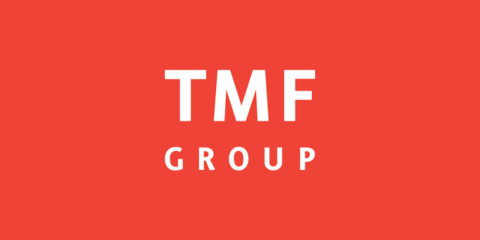
WEBINAR: 2025 VIETNAM KEY TAX FINALISATION, UPDATES ON TAX CHANGES AND GLOBAL MINIMUM TAX
Dear Valued Client,We would like to invite you to our webinars on Friday, 12 December 2025, and Tuesday, 16 December 2025, to review and learn about key 2025 tax finalisation topics and stay ahead with the latest tax changes.

NEW ECONOMIC POLICIES EFFECTIVE THIS DECEMBER
Government Decree 304/2025, effective December 1, sets stricter conditions for seizing collateral, especially assets that are a borrower’s sole residence or essential work tools. In such cases, lenders must set aside a compensation amount equivalent to six to twelve months of minimum wage. The measure aims to improve transparency in bad debt handling and reduce credit risk in the banking system.

QUANG NINH TARGETS VND58 TRILLION IN TOURISM REVENUE
Quang Ninh Province is aiming to generate VND58 trillion in tourism revenue this year after surpassing its goal of 21 million visitors, driven by new tourism products, expanded nighttime activities, and large-scale events. As of mid-November 2025, Quang Ninh had welcomed 21.28 million visitors, up 12% year-on-year. Tourism revenue reached at least VND57 trillion, a 22.46% increase from the same period last year. With its visitor target achieved, the province is now pushing toward its revenue goal of VND58 trillion.
